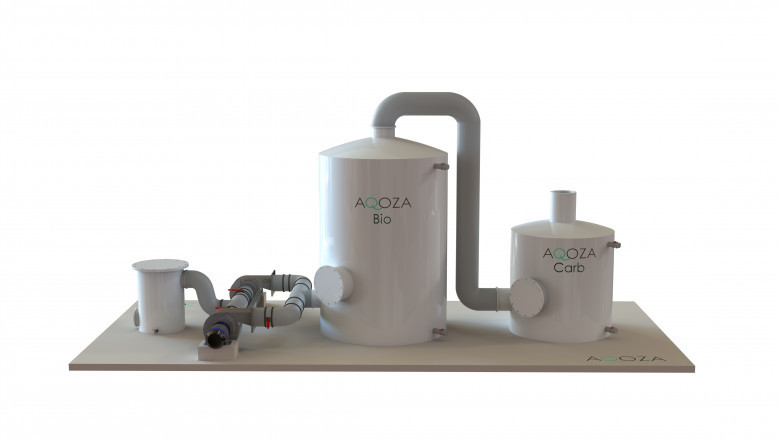views

Controlling odour is one of the vital but challenging parts of wastewater treatment. Foul odours are one of the general complaints that ignite objections from the plant's workers and neighbours.
Before knowing about the odour causing gases in wastewater treatment, let us know how it impacts?
Even though various odours are controlled within the vicinity of the plant, some of the odours migrate to surrounding areas. They spread to the public parks as well as subdivisions that have been built around the plant in several years. Reasonably communities are not tolerating these foul odours, thereby causing people to complain. Based on the severity of the smell, citizens mostly call the plant to pressure the management to look for a good solution or else they will reach politicians and media. Odour complaints that turn to borderline political or get negative media attention to develop a risk of damaging the plant and brand reputation.
When the odours are not controlled, they also have an impact on the plant worker job satisfaction. Wastewater treatment plants always give value to their employees and should make all efforts to enhance their work environment by adequately controlling odours.
Now let us know what causes odours at wastewater treatment plants?
Some of the most common odours linger in and around the wastewater treatment plant odour control like rotten eggs, garlic, and ammonia. Sometimes the odour is also earthy or organic. In general, the foul odours that come out of the treatment plants mainly originate from the organic compounds' anaerobic decomposition.
One of the natural byproducts of anaerobic digestion is hydrogen sulphide that gives off a powerful and nauseating smell. Because of the low solubility in the wastewater, it is then released into the atmosphere that gives off a very offensive odour.
Another two offenders are amines and mercaptans in wastewater treatment plants. These organic compounds mainly consist of Sulphur or nitrogen that produce odours easily detectable by the human nose even at low concentrations.
How are these odours intensified?
Not every odour is created equal, and they usually vary in their intensity. Some of them are faint, and some others are more intense. This is the reason when people start complaining about odour, the workers in the plant will ask when they detected the odour, what the smell was like and how intense the smell was.
Weather conditions also intensify the odours. The temperature inversions, the velocity of the wind, and the direction of the wind also significantly contribute to how far the smell is drifting. Odours become worse when the temperature is high. The plant management gets more complaints about odour during the warm months. The plant maintenance, whether planned or unplanned or any upgradation of the treatment process, is some of the other aspects that impact the odour severity.
By combating the odours at the wastewater treatment plants, the management makes a worthy investment. Executing odour control solutions enhances the working conditions, decreases the reputation affecting complaints from the community, and can also assist the treatment plants in saving money and the environment.











